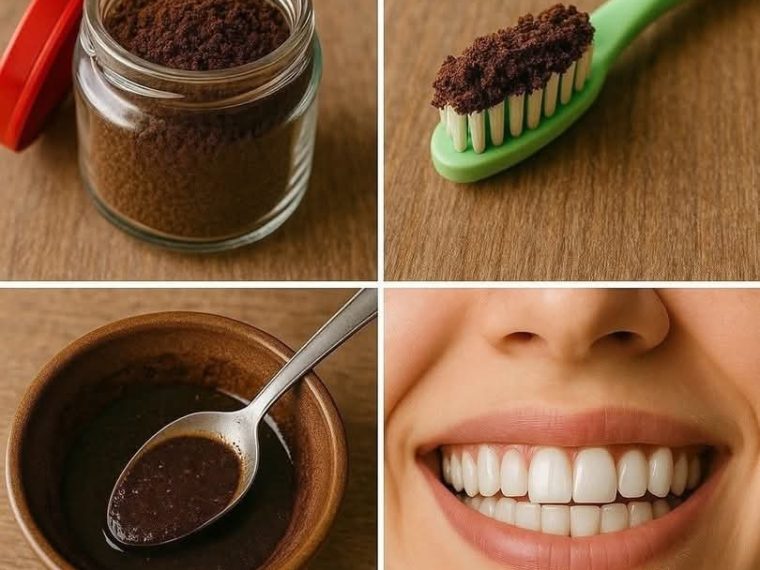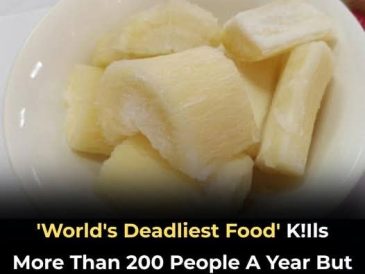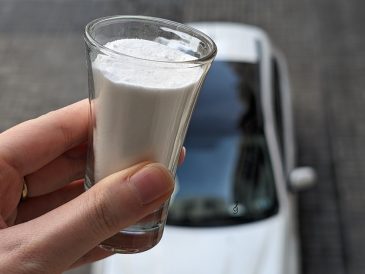We all want a bright, white smile. But professional whitening treatments are expensive, sometimes painful, and often loaded with chemicals that can damage enamel over time. If you’re searching for a more natural, affordable, and safer way to whiten your teeth, you’re not alone.
That’s where natural teeth whitening comes in—a better alternative using everyday ingredients that are gentle, effective, and free from harmful chemicals. In this article, we’ll walk you through the best natural remedies, how to use them, and what the science says about their effectiveness.
Why Avoid Commercial Teeth Whiteners?
Before we dive into natural methods, let’s explore why commercial whitening kits might not be the best choice:
- Hydrogen peroxide and carbamide peroxide are harsh on enamel when overused.
- They often cause sensitivity in the gums and teeth.
- Results can be temporary and require ongoing maintenance.
- They can disrupt the natural balance of oral bacteria.
In contrast, natural whitening methods focus on long-term oral health and subtle, gradual results without the damage.
What Causes Tooth Discoloration in the First Place?
Understanding why your teeth are stained helps in treating them naturally:
- Food and drink: Coffee, tea, wine, and dark berries stain teeth over time.
- Smoking: Tobacco leads to yellow and brown stains.
- Poor oral hygiene: Plaque and tartar buildup make teeth look dull.
- Aging: Enamel wears down with age, exposing yellowish dentin underneath.
1. Baking Soda and Hydrogen Peroxide Paste
✅ Best for: Removing surface stains and brightening teeth
How to Use:
- Mix 1 tsp of baking soda with ½ tsp of 3% hydrogen peroxide.
- Gently brush your teeth with this paste for 1–2 minutes.
- Use 2–3 times a week, not daily.
⚠️ Caution:
Overuse can wear enamel. Always rinse well and avoid vigorous brushing.
🧪 Backed by Research:
A 2017 study published in the Journal of the American Dental Association found that low-concentration hydrogen peroxide, when used occasionally, is effective in whitening teeth with minimal risk.
2. Oil Pulling with Coconut Oil
✅ Best for: Reducing plaque, bacteria, and improving gum health
How to Use:
- Swish 1 tablespoon of coconut oil in your mouth for 10–20 minutes.
- Spit it out (don’t swallow), rinse with water, and brush normally.
🧪 Science Says:
A study in Nigerian Medical Journal (2015) showed that oil pulling significantly reduced Streptococcus mutans bacteria in the mouth, improving oral hygiene and leading to a cleaner, whiter smile.
3. Activated Charcoal Scrub
✅ Best for: Removing external stains
How to Use:
- Dip your wet toothbrush into activated charcoal powder.
- Gently brush for 2 minutes.
- Rinse thoroughly.
⚠️ Note:
Avoid brushing too hard—charcoal is abrasive and can wear down enamel if used incorrectly.
4. Apple Cider Vinegar Rinse
✅ Best for: Breaking down plaque and restoring whiteness
How to Use:
- Dilute 1 part vinegar with 2 parts water.
- Swish in your mouth for 30 seconds, then rinse and brush.
🧪 Important:
Use only occasionally (1–2 times a week) to avoid enamel erosion.
5. Strawberries and Baking Soda Paste
✅ Best for: Occasional brightening and a fruity twist
How to Use:
- Mash one ripe strawberry and mix it with ½ tsp of baking soda.
- Brush with the paste and leave it on for 5 minutes.
- Rinse and brush with regular toothpaste.
🍓 Fun Fact:
Strawberries contain malic acid, which naturally dissolves surface stains.
6. Banana Peel Rub
✅ Best for: Gentle whitening with zero abrasiveness
How to Use:
- Rub the inside of a banana peel on your teeth for 1–2 minutes.
- Let sit for 5 minutes, then brush your teeth.
Though there’s no concrete study proving its effectiveness, many users report visible brightness after regular use.
Lifestyle Habits for Naturally Whiter Teeth
You can whiten your teeth without lifting a toothbrush by making small lifestyle changes:
Avoid:
- Smoking
- Excessive coffee and soda
- Colored sauces (soy, tomato, curry)
✅ Embrace:
- Drinking through a straw
- Eating crunchy fruits and veggies (apples, celery, carrots)
- Brushing after consuming acidic foods
The Best Natural Whitening Routine
Here’s a simple weekly routine to maximize results:
| Day | Morning | Evening |
|---|---|---|
| Mon | Coconut oil pulling | Brush normally |
| Tue | Brush with baking soda paste | Rinse with ACV |
| Wed | Charcoal scrub | Coconut oil pulling |
| Thu | Banana peel rub | Brush with normal toothpaste |
| Fri | Strawberry paste | Floss and rinse |
| Sat | Rest | Oil pulling |
| Sun | Brush normally | Review diet and hydrate well |
Conclusion
Natural teeth whitening isn’t just a trend—it’s a safe, effective, and sustainable alternative to harsh commercial products. With a little consistency and patience, you can enjoy a brighter, healthier smile right from home.
The best part? You’re also improving your overall oral hygiene and reducing your chemical exposure. It’s not a miracle overnight fix, but with regular use, the results can be both noticeable and long-lasting.
FAQs
1. How long does it take to see results from natural whitening?
It depends on the method and the severity of stains. Typically, 1–3 weeks of consistent use brings noticeable improvement.
2. Can I use multiple natural methods at once?
Yes, but avoid combining abrasive methods daily. Alternate them to protect your enamel.
3. Are these methods safe for kids?
Mild options like banana peel or oil pulling (under supervision) are safer for children. Avoid baking soda or hydrogen peroxide for young kids.
4. Will natural whitening make my teeth ultra-white like commercial treatments?
It can noticeably brighten your smile but may not give the artificial white tone of bleaching treatments.
5. Can I use these remedies with braces or dental work?
Avoid abrasive methods if you have dental appliances. Consult your dentist before trying anything new.





